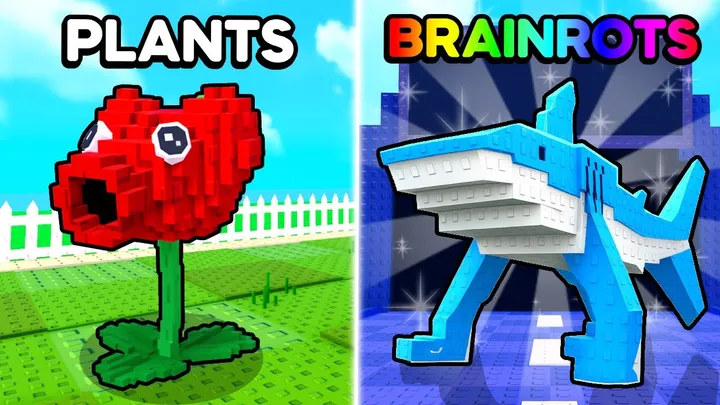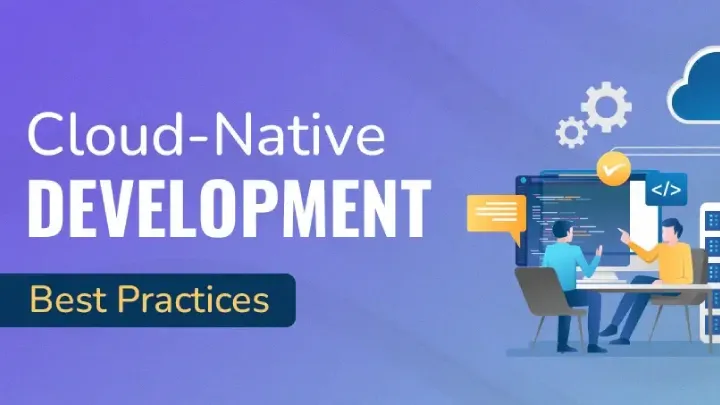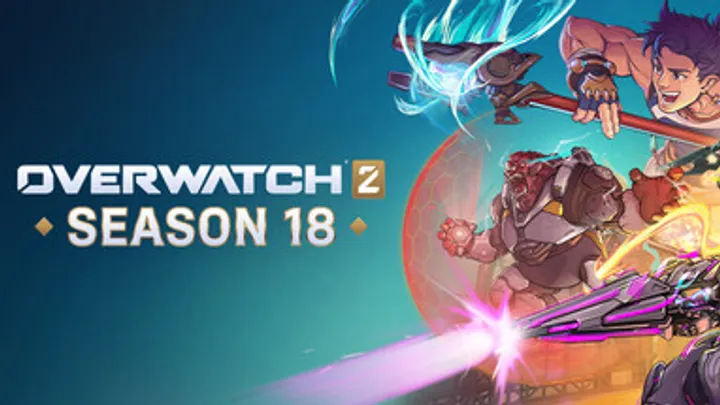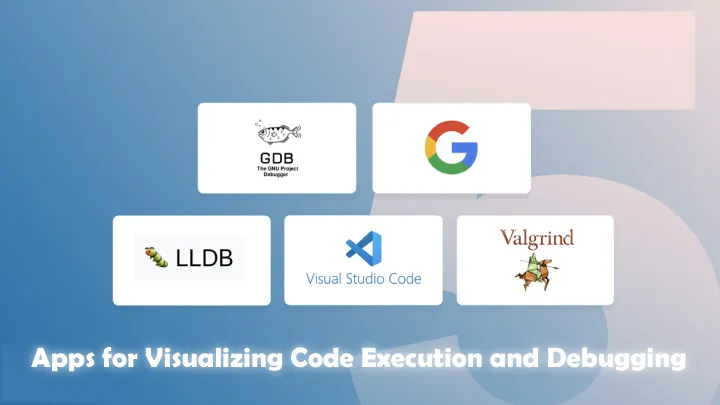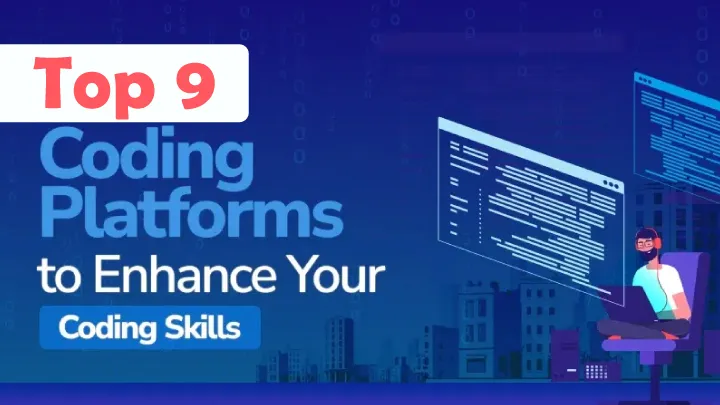Introduction
Functional programming (FP) emphasizes mathematical computation, immutability, and declarative code, making it a cornerstone of modern software development, from Netflix’s Scala-based systems to Meta’s JavaScript frameworks. Its abstract concepts, such as higher-order functions, recursion, and pure functions, can be challenging, but mobile apps simplify learning with interactive lessons, gamified challenges, and portable coding environments. In 2025, FP’s relevance in AI, data science, and distributed systems has surged, driving demand for accessible learning tools. This comprehensive review evaluates 10 mobile apps for learning FP, selected based on user ratings, FP-specific content, and course quality from app stores and X posts. Each app is analyzed for features, strengths, and weaknesses (presented as cohesive paragraphs tailored per app), and an overall evaluation without numerical ratings. Available on iOS and Android unless specified, these apps cater to beginners exploring FP in Python or JavaScript and intermediates diving into Haskell or Scala, offering over 2000 words of detailed insights to guide your FP journey.
1. Codecademy
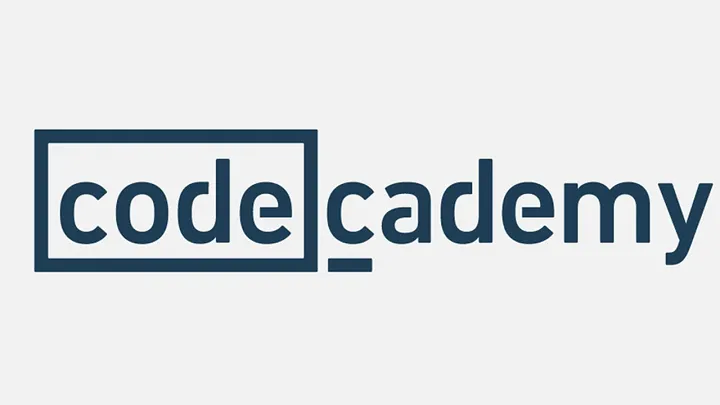
Overview: Codecademy Go provides interactive courses in Scala, JavaScript, and Python, teaching FP concepts like lambdas, map/reduce, currying, and immutability through a mobile IDE with real-time coding practice.
Strengths: Codecademy Go’s hands-on coding environment allows users to practice FP techniques, such as Scala’s map or JavaScript’s reduce, with instant feedback that reinforces learning. Progress syncs seamlessly across mobile and web platforms, enabling flexible study schedules for busy learners. The free tier includes robust FP modules in JavaScript, like arrow functions, and Python, such as list comprehensions, making it accessible for beginners transitioning from object-oriented programming. Structured learning paths guide users from FP basics to advanced topics like functional composition, ideal for those seeking a clear progression.
Weaknesses: Advanced FP content, particularly Scala’s monads and functors, is locked behind a $19.99/month premium subscription, which may deter budget-conscious learners. The mobile IDE occasionally suffers from bugs, such as laggy syntax highlighting or crashes during complex FP exercises, which can disrupt the learning flow. Additionally, the focus on JavaScript and Python limits exposure to pure FP languages like Haskell or Elixir, potentially disappointing enthusiasts seeking stricter paradigms.
Overall Evaluation: Codecademy Go is a top choice for structured FP learning, especially for those moving from OOP, though its premium paywall and occasional technical issues may frustrate some users.
2. SoloLearn
Overview: SoloLearn offers free Python, JavaScript, and SQL courses, integrating FP concepts like recursion, list comprehensions, and functional iterators through gamified quizzes and community forums.
Strengths: SoloLearn’s completely free access removes financial barriers, making FP learning widely available to students and hobbyists. Its vibrant community of over 20 million users fosters forums where learners can discuss FP challenges, such as implementing pure functions in Python, enhancing peer support. Offline lesson downloads enable study in low-connectivity environments, adding flexibility, while gamified XP-based quizzes and leaderboards motivate consistent FP practice, keeping learners engaged and invested in their progress.
Weaknesses: The app’s FP coverage is introductory, focusing on basics like Python’s map or JavaScript’s filter, and lacks depth in advanced concepts like monads or type classes, which may leave advanced learners wanting more. Frequent ads, though non-intrusive, can interrupt immersion during FP coding challenges, breaking the learning flow. The absence of pure FP languages like Haskell or Elixir further limits exposure to stricter FP paradigms, reducing its appeal for purists.
Overall Evaluation: SoloLearn excels as a beginner-friendly entry to FP through familiar languages, but its basic scope and ad interruptions may not satisfy those seeking advanced FP theory.
3. Mimo
Overview: Mimo delivers 5-minute daily lessons on Python and Swift, emphasizing FP patterns like higher-order functions and immutability, with practical projects like data transformation apps.
Strengths: Mimo’s short, engaging lessons are designed for busy schedules, making it ideal for learning FP concepts like Python’s lambda during commutes or breaks. The streak-based reward system, paired with a clean and intuitive UI, motivates consistent FP practice and enhances usability for learners. Real-world projects, such as filtering datasets with map, connect FP theory to practical applications, helping users see the relevance of their skills in professional contexts.
Weaknesses: Full access to advanced FP content requires a $9.99/month subscription, which limits the free tier to basic lessons and may frustrate cost-conscious users. The focus on Python and Swift excludes pure FP languages like Scala or Haskell, narrowing its scope for enthusiasts seeking deeper theoretical exploration. Additionally, some FP exercises feel repetitive, lacking the variety needed to challenge learners seeking more complex problems.
Overall Evaluation: Mimo is perfect for professionals seeking quick, practical FP lessons, but its cost and limited language range may restrict its appeal for FP purists.
4. Enki
Overview: Enki curates daily FP workouts in JavaScript and Python, covering closures, functors, pure functions, and recursion through adaptive, flashcard-style challenges tailored to skill levels.
Strengths: Enki’s personalized learning paths adapt FP exercises to your progress, ensuring mastery of concepts like JavaScript’s reduce before advancing to more complex topics. Gamified streaks and leaderboards encourage daily practice, fostering consistent FP skill-building that suits motivated learners. Clear explanations of FP best practices, such as avoiding side effects, help users apply concepts effectively, while compact lessons make FP practice accessible for those with limited time, ideal for on-the-go learning.
Weaknesses: The free tier caps daily sessions, requiring a $7.99/month premium subscription for unlimited access, which may frustrate frequent users looking to dive deeper. The lack of a full IDE limits hands-on FP coding, as the app relies on multiple-choice or short-answer tasks, reducing practical application. Additionally, its focus on JavaScript and Python omits pure FP languages, limiting exposure to advanced paradigms like those found in Haskell or Scala.
Overall Evaluation: Enki’s adaptive, habit-forming approach is great for intermediates refining FP skills, but its limited interactivity and language scope may disappoint some learners.
5. Programming Hub
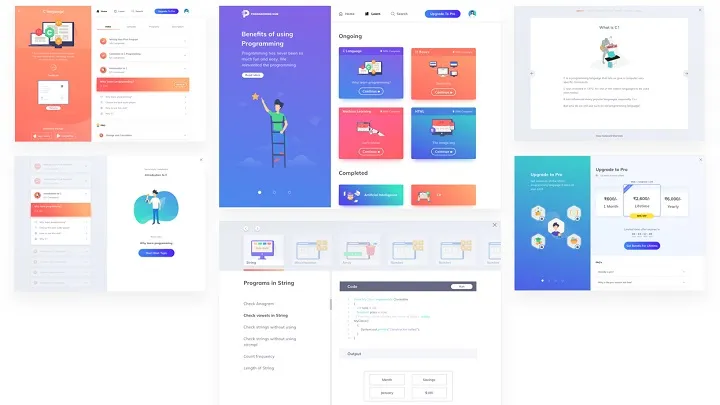
Overview: Programming Hub offers courses in 20+ languages, with FP modules in Python (decorators, generators) and Java (streams), supported by an integrated compiler and offline videos.
Strengths: Programming Hub’s broad language support allows FP exploration across Python, Java, and more, catering to learners with diverse programming backgrounds. Offline video lessons and examples enable FP study without internet access, providing flexibility for users in varied settings. The affordable $6.99/month pro version unlocks all FP content and offers resume-worthy certificates, while an integrated compiler supports hands-on coding, enhancing practical FP application.
Weaknesses: The app’s dated UI feels clunky and less intuitive, which can hinder navigation for FP learners seeking a seamless experience. FP content is scattered across multiple languages without a dedicated track, potentially confusing beginners who need a focused curriculum. Some FP concepts, like currying, are oversimplified, reducing depth for advanced users looking for rigorous explanations.
Overall Evaluation: Programming Hub is a versatile, budget-friendly choice for multi-language FP learning, but its outdated interface and scattered focus need refinement for a smoother experience.
6. Grasshopper
Overview: Google’s free app teaches JavaScript FP, focusing on arrow functions, array methods (map/filter/reduce), and side-effect-free coding via AR-enhanced puzzles.
Strengths: Grasshopper is completely free and ad-free, ensuring accessible FP learning without interruptions for all users. Its AR puzzles visualize FP concepts like recursion in an engaging way, making them particularly appealing for beginners. The polished, Google-designed UI delivers quick, 10-minute lessons tailored for JavaScript FP basics, ideal for learners with limited time.
Weaknesses: The app is limited to JavaScript, excluding pure FP languages like Scala or Haskell, which restricts its scope for those seeking broader FP paradigms. It also lacks advanced FP topics, such as monads or applicatives, making it less suitable for learners beyond the beginner stage.
Overall Evaluation: Grasshopper is a sleek, beginner-friendly gateway to FP via JavaScript, but its basic scope limits its appeal for advanced learners.
7. Khan Academy
Overview: Khan Academy’s free CS courses include JavaScript FP lessons on recursion and functional composition, supported by visual animations and quizzes.
Strengths: As a nonprofit-backed platform, Khan Academy is free and ad-free, ensuring uninterrupted FP learning for all users. Video lectures explain FP theory, such as immutability, with exceptional clarity, making complex ideas accessible to beginners. Interactive animations visualize FP processes like recursion, enhancing conceptual understanding, while the broad CS curriculum contextualizes FP within programming fundamentals, aiding holistic learning.
Weaknesses: The mobile app lacks a full IDE, relying on quizzes rather than hands-on FP coding, which limits practical application. FP is embedded within broader CS courses, not offered as a standalone track, diluting its focus for dedicated learners. The self-paced format also requires significant discipline, which may challenge users mastering complex FP concepts.
Overall Evaluation: Khan Academy shines for visual learners grasping FP theory, but its mobile coding limitations hinder practical application.
8. DataCamp
Overview: DataCamp focuses on data science, offering FP-heavy Python and R courses on lambda functions, vectorized operations, and immutable structures with real-world datasets.
Strengths: DataCamp excels at applying FP practically, such as using map for data cleaning, making it ideal for data professionals looking to leverage FP in analytics. Skill assessments provide personalized feedback to track FP proficiency, boosting learner confidence. Real-world projects with industry-relevant datasets ground FP in practical scenarios, while the sleek mobile interface ensures an intuitive learning experience with smooth navigation.
Weaknesses: The costly $25/month subscription limits access for casual or budget-conscious learners, potentially excluding those not fully committed. The data-centric focus prioritizes practical FP over general theory like monads or functors, which may not suit learners seeking pure FP education. Additionally, the app targets data professionals, potentially alienating those interested in broader FP applications.
Overall Evaluation: DataCamp is outstanding for FP in data science contexts, but its cost and niche focus may not suit learners seeking general FP theory.
9. Udacity
Overview: Udacity’s app supports nanodegrees with FP in Python and Scala, featuring mentorship and peer reviews for topics like tail recursion and functional patterns.
Strengths: Industry partnerships, such as with Google, ensure FP content aligns with job market demands, making it highly relevant for career-focused learners. Expert mentorship provides personalized guidance on complex FP concepts, enhancing understanding. Offline lesson downloads support flexible study, ideal for busy professionals, while career-focused projects prepare learners for FP roles in tech industries.
Weaknesses: At $399/month, Udacity’s nanodegrees are among the priciest options, limiting accessibility for many learners. The app functions better as a supplement to the web platform rather than a standalone FP learning tool, which may inconvenience mobile-only users. Its advanced focus can also overwhelm beginners new to FP concepts like immutability or recursion.
Overall Evaluation: Udacity is ideal for career-driven FP learners aiming for professional roles, but its high cost and app dependency reduce accessibility.
10. Coursera
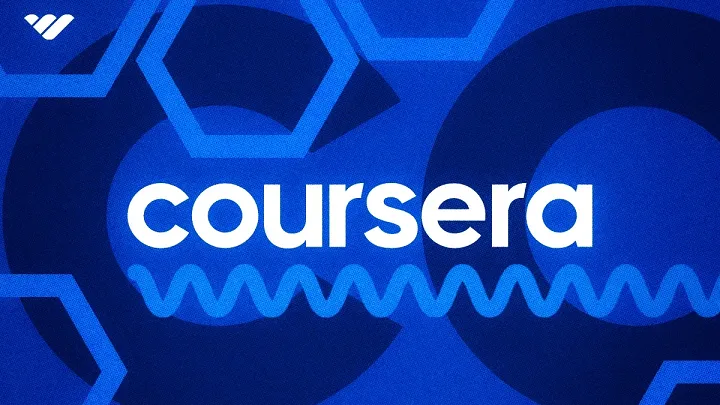
Overview: Coursera delivers university-level FP courses, like “Functional Programming Principles in Scala,” with Haskell/Scala focus, quizzes, and peer-graded assignments.
Strengths: Coursera’s academic rigor, backed by top universities, provides deep FP theory, including advanced topics like type systems and monads, ideal for serious learners. Free auditing allows access to most content without cost, with optional paid certificates for professional credentials. The pure FP focus on Haskell and Scala caters to enthusiasts seeking theoretical depth, while flexible pacing accommodates varied schedules for self-directed learners.
Weaknesses: The video-heavy format offers less interactive coding on mobile compared to IDE-based apps, limiting hands-on practice. Long courses require significant self-discipline to master complex FP concepts, which may challenge less motivated learners. Mobile assignment completion is also less intuitive, often better suited for desktop platforms, reducing mobile convenience.
Overall Evaluation: Coursera offers unmatched depth for serious FP learners, particularly those interested in pure FP languages, though its mobile experience lacks hands-on interactivity.
Conclusion
Functional programming is reshaping software development, from AI algorithms to scalable web systems, and these 10 apps make its concepts accessible on mobile devices. Beginners can start with SoloLearn or Grasshopper for free, intuitive FP basics in JavaScript or Python, while intermediates benefit from Coursera’s or Codecademy’s rigorous Scala and Haskell courses. Each app offers unique strengths—Mimo’s quick lessons, DataCamp’s data-driven projects, or Enki’s adaptive drills—but challenges like high costs (Udacity) or limited interactivity (Khan Academy) suggest combining apps for a comprehensive FP education. In 2025, these apps evolve with AI-driven feedback and real-time updates, aligning with FP’s growing role in tech. To master FP, commit to daily practice, engage with real-world projects, and leverage multiple apps to build a robust skill set that elevates your coding career.
